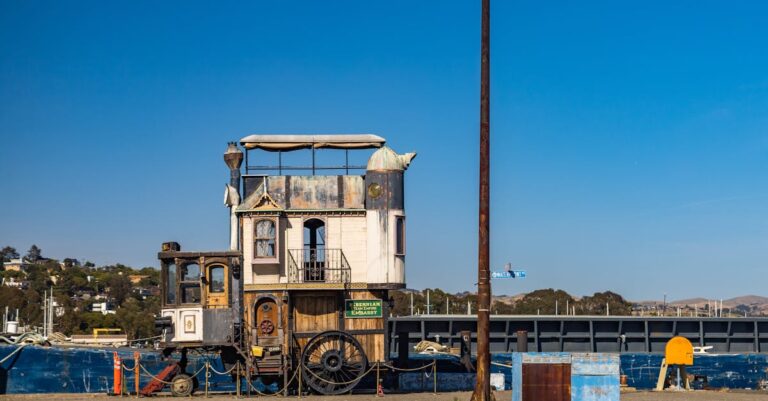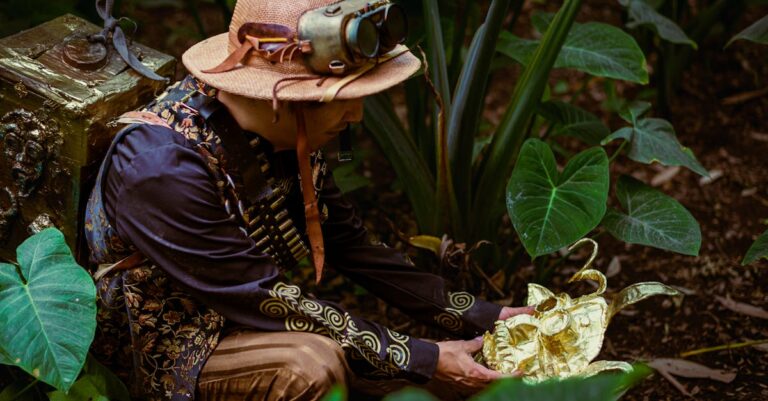
## Salt & Sky
The courier’s hands trembled as he presented the package. Wax-sealed, thick parchment bound with crimson string – a weighty declaration from Venice. Cardinal Bellini accepted it with an almost theatrical sigh, beckoning Signor Rossi closer. The air in the Cardinal’s study smelled of dried herbs and old leather, a scent Rossi had come to associate with frustration.
“Another missive?” Rossi asked, his voice low and weary. He’s been deciphering Venetian correspondence for seven years now, the monotony a slow erosion of his spirit.
“Concerning the Saline Claims,” Bellini stated, not bothering with pleasantries. “They insist their ancestral rights supersede our own.”
Rossi’s brow furrowed. The Saline Claims—a festering wound in relations between the Papal States and Venice, stretching back centuries. Salt. A commodity as vital to survival then as it was now, and a source of endless dispute. “And their reasoning?”
“They’re dredging the lagoon, you see,” Bellini gestured to a detailed map spread across his desk. “Found Roman ruins, remarkably well-preserved. They claim this proves Venetian presence predates our own. Utter nonsense.”
Rossi examined the map, tracing a finger along the intricate network of canals. Roman echoes surfacing from beneath those waters—a clever tactic, designed to unsettle Rome. “They’re playing a long game.”
The Cardinal nodded grimly. “And their latest discovery… it concerns me more than the Roman finds.” He tapped a separate document, its ink faded to sepia tone. “A fragment.”
“What kind of fragment?” Rossi asked, leaning closer.
“Poetry,” Bellini responded, his voice careful. “Sappho.”
Rossi paused. Sappho? The ancient Greek lyric poet, thought to have originated from Lesbos? What did she have to do with salt mines and Venetian claims?
“They claim it was found within the Roman ruins, inscribed on a tablet alongside early Venetian script. It speaks of…northward journeys.”
The Cardinal’s eyes held a flicker of something akin to fear. “A cartographical representation, Rossi,” he explained with urgency. “It suggests a different view of Thule—further north than Ptolemy believed.”
Rossi stared at him. “Thule? The mythical land beyond the northern seas?”
“Precisely,” Bellini confirmed. “If accurate, it throws into question everything we believe about ancient European geography.”
The following weeks dissolved into a whirlwind of frantic translation and scholarly debate. The Sappho fragment, painstakingly restored by the Vatican’s finest paleographers, proved remarkably coherent despite its fragmented state. It spoke of a voyage far north, depicting coastlines and constellations unknown to classical cartographers.
One rainy afternoon, a young scholar named Isabella arrived at Rossi’s small apartment, her face flushed with excitement. She held a roll of parchment, covered in intricate drawings and symbols.
“Signor Rossi,” she began breathlessly. “I’m cross-referencing the Sappho fragment with these…” She unfurled the parchment. “These are animal vertebrae, found in a peat bog in Schleswig-Holstein. They’re remarkably well preserved, dating back to the Bronze Age.”
Rossi frowned, studying the markings on the bones. “And?”
“They’re arranged in patterns,” Isabella explained, her voice rising with passion. “Patterns mirroring the constellations described in the poem. And… look at this.” She pointed to a series of meticulously drawn lines etched into one of the vertebrae. “It’s a map.”
Rossi leaned closer, tracing the lines with his finger. The map depicted a vast network of waterways and coastlines, strikingly similar to the descriptions found in the Sappho fragment. But there was something else—something more unsettling.
“What is it?” Rossi asked, sensing her apprehension.
“Look at the orientation,” Isabella said, pointing to a small symbol etched into one of the bones. “It aligns with a specific astronomical event—a rare conjunction of Jupiter and Saturn, occurring in the second millennium BC.”
“An ancient star chart,” Rossi murmured.
The revelation sent ripples through the Vatican’s inner circle. No one could deny the implications—a previously unknown civilization, possessing advanced astronomical knowledge and a profound connection to the northern seas.
Cardinal Bellini summoned Rossi and Isabella to his study. The room felt colder than usual, the silence amplifying their anxieties.
“We’re not just dealing with a land dispute anymore, Rossi,” Bellini stated, his voice grave. “We’re dealing with a historical revision of immense proportions.”
He gestured to another document—a series of increasingly anxious accounts, penned by sailors and fishermen from the Baltic region.
“These reports speak of unusual whale migrations,” Bellini explained, his gaze fixed on the documents. “Whales appearing far north of their known habitats, exhibiting behaviors unlike anything ever recorded.”
“And?” Rossi questioned.
“They’re being integrated into baroque clockmaking devices,” Bellini said grimly, a reference to a peculiar trend emerging from Germany. “The movements of these whales—their migratory patterns—are being used to power elaborate timekeeping mechanisms.”
Isabella gasped. “It’s as if they’re trying to…to capture the rhythm of the ancient world.”
The discovery that these whale movements were being harnessed within complex clockwork devices in Germany was truly baffling, but the most disturbing aspect was what followed. Rossi found himself reviewing ancient texts, theological treatises—and he began to see a pattern emerging.
“The integration of these celestial observations and whale movements into clockwork devices… it’s impacting theological questioning,” he told Bellini, his voice hushed. “People are questioning the established order.”
Bellini nodded slowly. “The traditional understanding of God’s design… it’s being challenged.”
He held up a final document—a meticulously transcribed copy of a long-dormant Germanic script, discovered within the archives of an obscure Bavarian monastery.
“This,” Bellini breathed, “is a celestial map.”
The script was unlike anything Rossi had ever seen—a complex combination of runic symbols and astronomical glyphs. But as he studied it, a sense of recognition dawned within him.
“It’s…it’s mirroring the charts found on those vertebrae,” Rossi exclaimed, pointing to a particular symbol. “And it aligns with the constellations described in the Sappho fragment.”
He continued to examine the script, noticing a peculiar detail. “It incorporates elements of whale migration patterns,” he announced quietly.
The implications were staggering. It appeared the Germanic people, long thought to be a barbaric tribe, possessed a sophisticated understanding of astronomy and cartography—an understanding derived from the ancient civilization hinted at in Sappho’s poetry, the bones and whale movements.
“It’s as if they’re attempting to reconstruct a lost history,” Rossi observed, his mind reeling from the sheer weight of the discoveries. “A history that contradicts everything we thought we knew about Europe’s past.”
The next day, a messenger arrived with a sealed letter from Venice. It contained a single sentence, penned in elegant calligraphy: *The tides shift.*
Rossi exchanged a significant look with Bellini, who merely nodded slowly. The Venetian claim to the salt mines felt inconsequential now. The implications of these discoveries, however – the potential for a seismic shift in human understanding—towered above them all.
The resurgence of the Germanic script, intertwined with celestial maps and whale migrations, wasn’t merely about land or salt. It was about a forgotten lineage, buried beneath layers of history—a lineage waiting to be rediscovered, its secrets destined to reshape the world.
The wind howled outside Rossi’s apartment window, mimicking the uncertainty that now permeated his soul. He gazed out at the darkening cityscape, imagining those ancient mariners charting their course across a sea of stars, guided by the rhythm of whales and whispers of poetry from a land lost to time.
The game had just begun.


